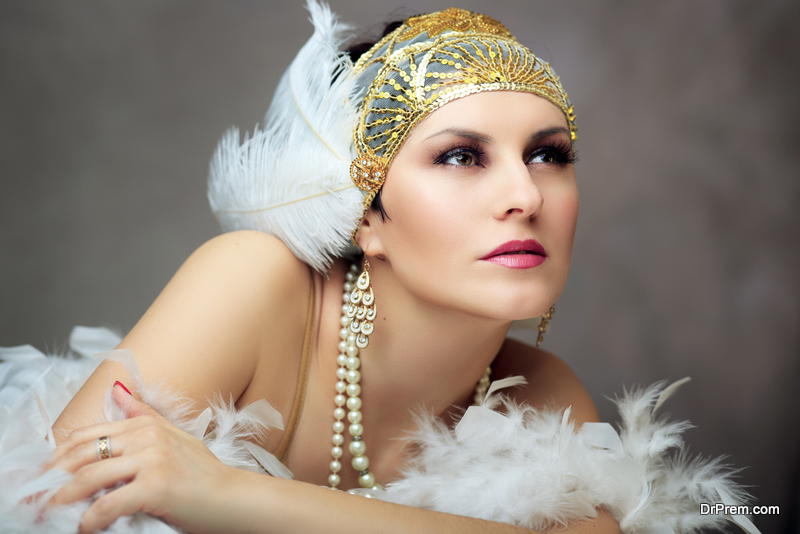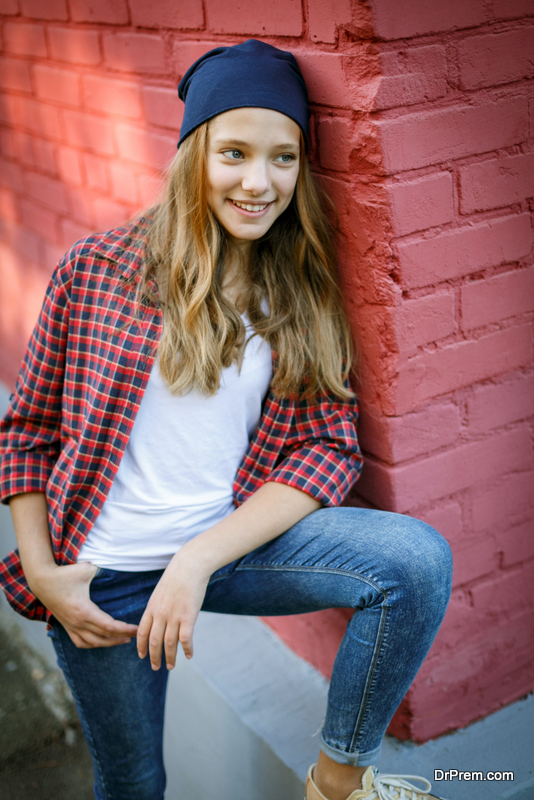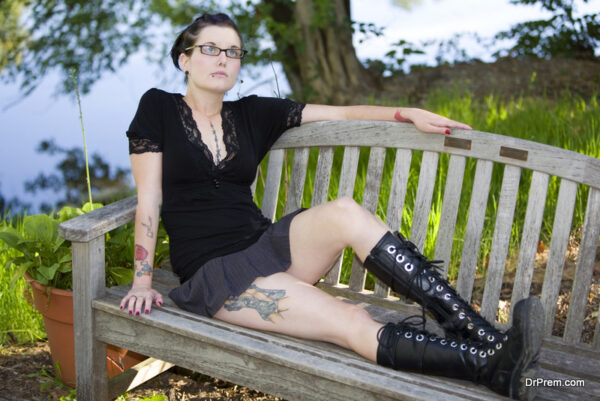Throughout fashion history, alt fashion has stood apart and above. Characterized by its disregard for commercialization and mainstream appeal, alt fashion often has an outsized effect on our perception of fashion history, leading it to influence style far beyond its own time. From the 1920s to today, here are 5 of the most influential alt fashion styles.
1. Flapper

The 1920s saw a massive expansion in mass media, from the proliferation of photography to the boom in film. This led to perhaps the first mass alt fashion movement in history. flapper fashion. Flappers were defined by their rejection of the mainstream fashion of the late 1800s and the early 1900s. Their dresses were shorter than had previously been acceptable and sported lower necklines. Rather than being form-fitting or form-defining, as exemplified by the corsets and bustles of Victorian times, flappers embraced androgyny with loose, straight silhouettes. They also ditched corsets in favor of bras and lingerie. This is perhaps the most influential example of alt fashion in history, since it managed to revolutionize women’s undergarments and redefine the limits of what could be worn in public.
2. Camp
Originating and developing throughout the 1960s, camp fashion reached its height in the 70s and 80s, when glam and new wave music acts took on its over the top and performative aspects and incorporated them into their live shows. Incorporating aspects of pantomime, live theatre, and drag, camp can be best defined as existing beyond good taste. Ironic use of garish colors, unusual fabrics and materials, and kitsch, flamboyant imagery define camp in the public consciousness. Its influence is felt in many ways today, especially in the now mainstream aspects of drag and LGBT fashion signifiers.
3. Punk

Originating in Britain in the mid to late 70s, punk music and punk fashion originally went hand in hand. Originally defined by its working class, DIY aesthetic that anyone could adopt, the fragmentation of the punk subculture made the intricacies difficult to understand and trace for an outsider. The enduring popularity of colored hair, leather, distressed jeans, and work boots in popular fashion all originated in various punk subcultures throughout the late 70s and 80s.
4. Goth
Originally just one of many elements of post-punk music, goth music developed into a subculture all of its own, with an amazingly influential fashion that is still both loved and mocked today. Early gothic style clothing was rather similar to punk, with an emphasis on black clothing, pale makeup, and dramatic bursts of white or red that stood out when put against the overall dark aesthetic. As the style developed, many took inspiration from Victorian gothic romance and horror, incorporating lace, handkerchief hems, and corsets into their overall style. The elegance of these new elements has become the defining trait of modern gothic style.
5.Streetwear

Believe it or not, streetwear wasn’t originally the defining mainstream fashion. In fact, its origins in the early hip-hop scene in the 1980s meant that it was originally an incredibly alternative style of fashion. Defined by baggy, often second-hand clothing, large logos, and large jewelry, streetwear has developed into perhaps the most popular and mainstream clothing style there is today. Part of this is due to its ease of access – you only really need a few essential pieces to effectively wear this style – and part of this is due to the proliferation of hip-hop and rap in mainstream music.
No matter how alternative or non-mainstream these styles of fashion were at their conception, they have all influenced the sense of style of people today. Appreciating fashion history can open up new revelations about where our modern fashions come from and where they might be going in the near future.
Article Submitted By Community Writer




